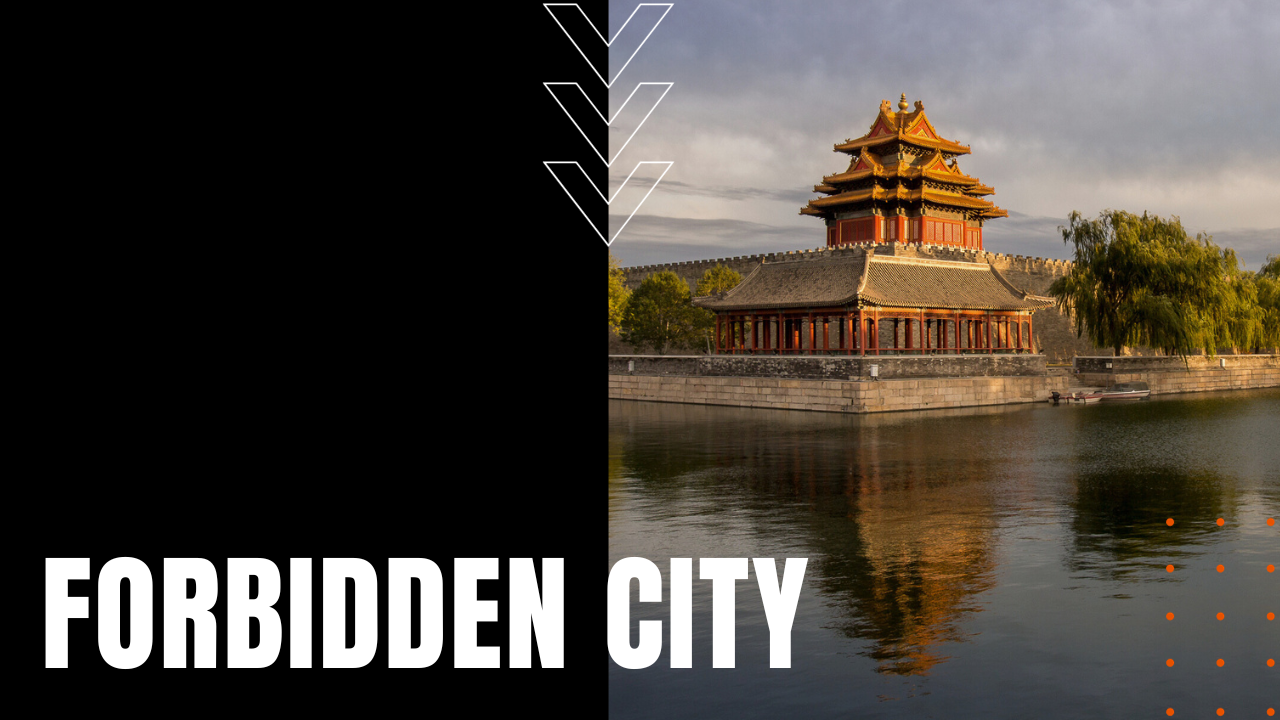The Forbidden City

In the heart of modern Beijing sits the largest palace complex in the world, clocking in at 7.75 million square feet, or 50 times larger than Buckingham Palace. Built from 1406 to 1420, atop the site of Kublai Khan’s famous palace, the Forbidden City was ordered by the third Ming ruler, Emperor Zhu Di, after he moved China’s capital from Nanjing in 1403. Constructed by some 100,000 artisans and forced laborers, the Forbidden City was home to 24 rulers—14 from the Ming Dynasty and 10 from the Qing—reflecting rigid Feng Shui principles pointing to positive energy and the symmetrical balance of the universe.
A Lot of Rooms
Incorporating 9,999 rooms—with an unmade 10,000th room reserved for the celestial Lord of Heaven—Confucian ideology demanded that the emperor reside at a center point between north, south, east and west, in a place known as the Hall of Supreme Harmony. In Chinese tradition, those of superior power were always located in the north facing south, elevated from commoners who always looked upwards and to the north in reverent homage to their emperor. With his imperial quarters located at the northern end of the Inner Court, only women and eunuchs were allowed inside, granting audiences to ministers only in the southern parts of the Outer Court. Also under Chinese tradition, the emperor was considered to be the only formal inhabitant of the Forbidden City, while all others were viewed as mere visitors in the emperor’s house.
An Ongoing Tourist Attraction
After China’s long dynastic period came to an end in 1912, the Forbidden City has remained a popular tourist attraction, as well as an enduring reflection of China’s often tumultuous 3,600-year history. The last Qing emperor Puyi lived in the Forbidden City until his 1924 expulsion by warlords and later a Nationalist Party official, while in 1949, Mao Zedong announced the founding of the People’s Republic of China from atop the Gate of Heavenly Peace, before ordering Red Guards to post around the Forbidden City during the Cultural Revolution of 1966 until Mao’s death a decade later. Named a UNESCO World Heritage Site in 1987, the Forbidden City has also been used as a movie set, including Hollywood’s 1987 The Last Emperor, NBC’s 1980s miniseries Marco Polo and the Hong Kong wuxia comedy Forbidden City Cop in 1996, making the Forbidden City, a lasting giant in Chinese history.
